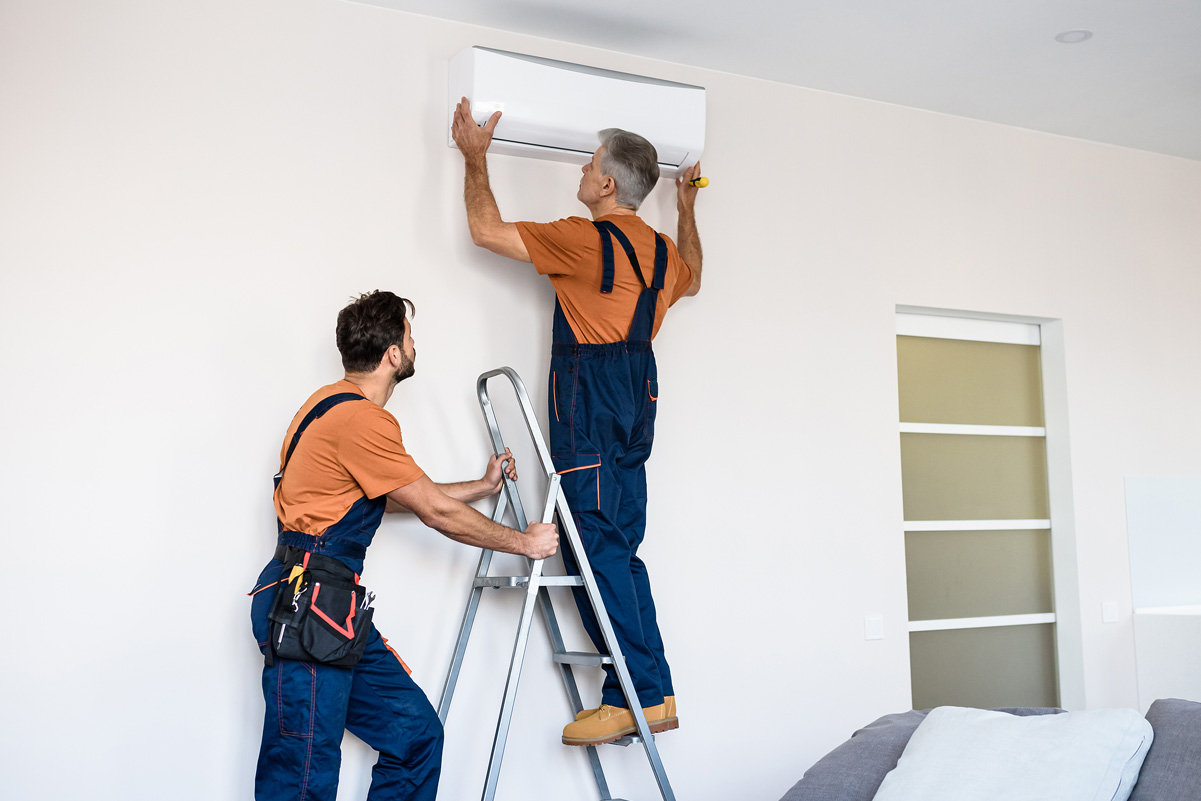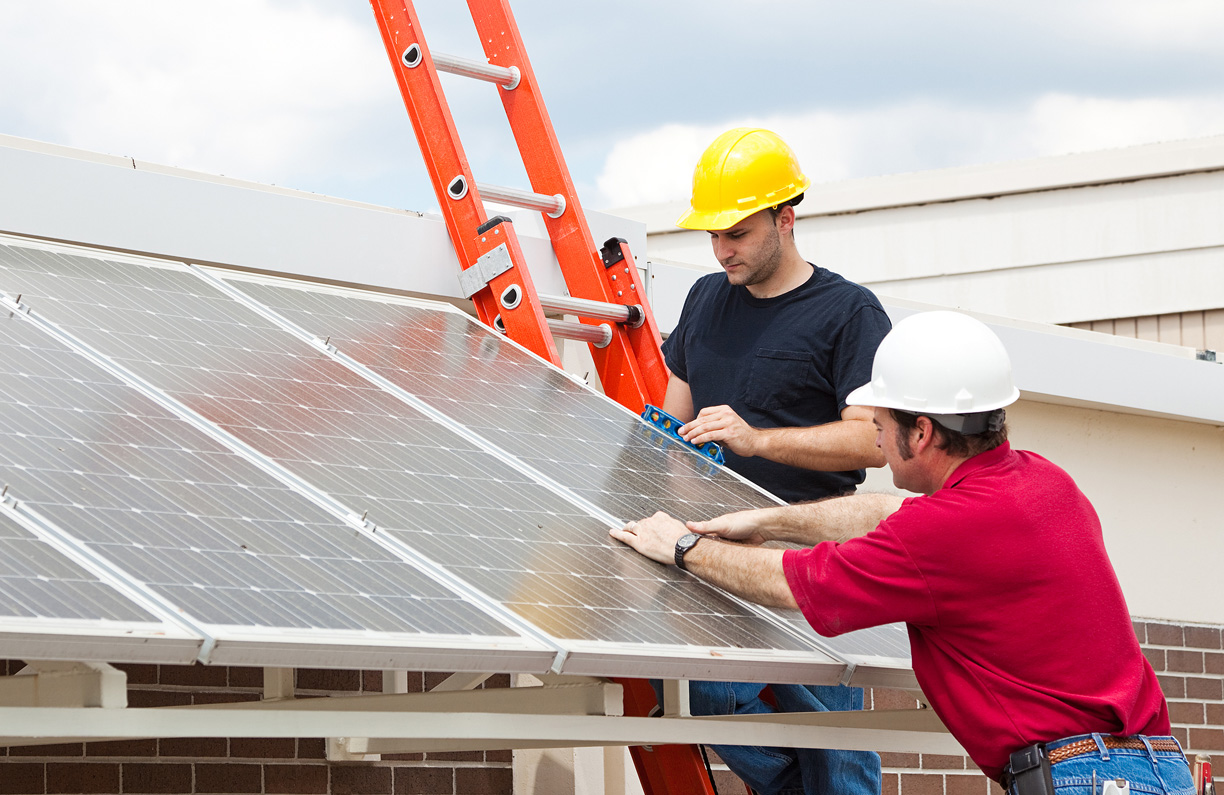Keep your crew safe, avoid costly fines, and build smarter with proactive jobsite practices.
When you’re running a skilled trades business in Florida, whether roofing in Tampa, wiring homes in Orlando, or installing HVAC systems in the Keys, keeping your team safe and your operations compliant with OSHA isn’t just good practice. It’s essential to your bottom line.
At BrightFund, we’ve supported licensed contractors for nearly 70 years with safety programs, claims support, and workers compensation coverage tailored to the unique risks of the trades. To help you stay ahead of costly violations, here’s a breakdown of the top five OSHA citations affecting Florida’s skilled trade industries plus practical tips to prevent them on your jobsites.
Let’s break down what this rate reduction really means for you, how it fits into the bigger picture of Florida’s workers comp system, and how BrightFund is here to help you make the most of it.
1. Fall Protection – General Requirements (1926.501)
Relevant for: Roofers, sheet metal workers, and HVAC contractors
Why it matters:
Falls remain the leading cause of death in construction, accounting for over one-third of all jobsite fatalities nationwide, according to OSHA. In Florida, fall-related citations are one of the most common OSHA violations on jobsites.
Common scenarios:
- Working on roofs or elevated surfaces without proper edge protection
- Installing ductwork or HVAC units on rooftops without fall arrest systems
- Incomplete guardrails on scaffolds or lifts
How to prevent it:
- Require personal fall arrest systems (PFAS) for all elevated work
- Ensure guardrails, harnesses, and anchorage points meet OSHA standards
- Conduct regular fall hazard training and inspections
- Factor in high wind conditions during Florida’s hurricane season, which increase fall risk
Florida-Specific Tip: In hurricane-prone zones, high winds can increase fall hazards. Be especially cautious when working at heights during storm season.
2. Ladders (1926.1053)
Relevant for: Electricians, HVAC, plumbing, and sheet metal contractors
Why it matters:
From accessing attics to installing overhead ductwork or wiring, ladders are part of everyday trade work. Misuse can lead to serious injuries and OSHA citations.
Common scenarios:
- Overreaching while wiring ceilings
- Using damaged or undersized ladders for HVAC installs
- Improper ladder placement on uneven ground
How to prevent it:
- Train all crew members on proper ladder use and inspection
- Use ladders rated for the job and ensure they extend three feet above landing points
- Inspect ladders before each use and replace if worn or damaged
- Avoid makeshift ladder setups, stability and proper footing are non-negotiable

3. Scaffolding (1926.451)
Relevant for: Masonry, sheet metal, roofing, and electrical contractors
Why it matters:
Scaffolding is essential for exterior work like bricklaying, rooftop ventilation, or high-level electrical installations. However, improper setup or use can quickly lead to dangerous falls or structural failures.
Common scenarios:
- Incomplete or unstable scaffolding during masonry work
- Overloaded scaffolds with tools and materials
- No fall protection on elevated platforms
How to prevent it:
- Use OSHA-compliant scaffold systems erected by qualified personnel
- Ensure platforms are fully planked and have guardrails where required
- Inspect scaffolding daily before use
- Enforce maximum load ratings and keep materials organized
4. Hazard Communication (1910.1200)
Relevant for: Plumbing, electrical, HVAC, and sheet metal contractors
Why it matters:
Whether working with refrigerants, solvents, adhesives, or insulation materials, tradespeople regularly handle potentially hazardous substances. Proper labeling and training are critical to preventing exposure.
Common scenarios:
- Unlabeled containers of soldering flux, pipe glue, or degreasers
- Missing Safety Data Sheets (SDS) in company vehicles or job boxes
- Lack of crew training on handling or storing chemicals
How to prevent it:
- Keep an updated SDS binder in each vehicle or job trailer
- Label all secondary containers clearly with hazard information
- Train your crew on chemical handling procedures and PPE requirements
- Implement a written hazard communication program and update it regularly
5. Eye and Face Protection (1926.102)
Relevant for: Electricians, plumbers, HVAC, sheet metal, and masonry contractors
Why it matters:
Tasks like grinding, cutting, soldering, or using power tools expose tradespeople to serious eye injury risks. Proper PPE can prevent permanent damage.
Common scenarios:
- Grinding, cutting, or welding without proper protection
- Lack of PPE enforcement on jobsites
- Using scratched or damaged safety goggles
How to prevent it:
- Provide task-specific PPE like goggles, face shields, and helmets
- Replace damaged PPE regularly
- Enforce strict eye protection rules for all hazardous tasks
- Post signage reminding workers to wear protection in required zones
Staying Ahead of OSHA Violations: BrightFund’s Safety-First Support
When it comes to OSHA compliance, proactive planning is the best protection. BrightFund’s safety programs are built specifically for Florida contractors, helping members identify risks, conduct regular site evaluations, and train crews with the knowledge they need to stay safe and compliant.
Benefits for BrightFund Members Include:
- Jobsite safety audits
- Tailored safety resources by trade
- Toolbox talks and training materials
- Return dividends for safe practices
Avoiding OSHA violations isn’t just about staying off a citation list, it’s about building a culture of safety that protects your workers, your business, and your reputation. By addressing these five common issues head-on, Florida contractors can reduce jobsite injuries, improve productivity, and lower their workers compensation costs.
